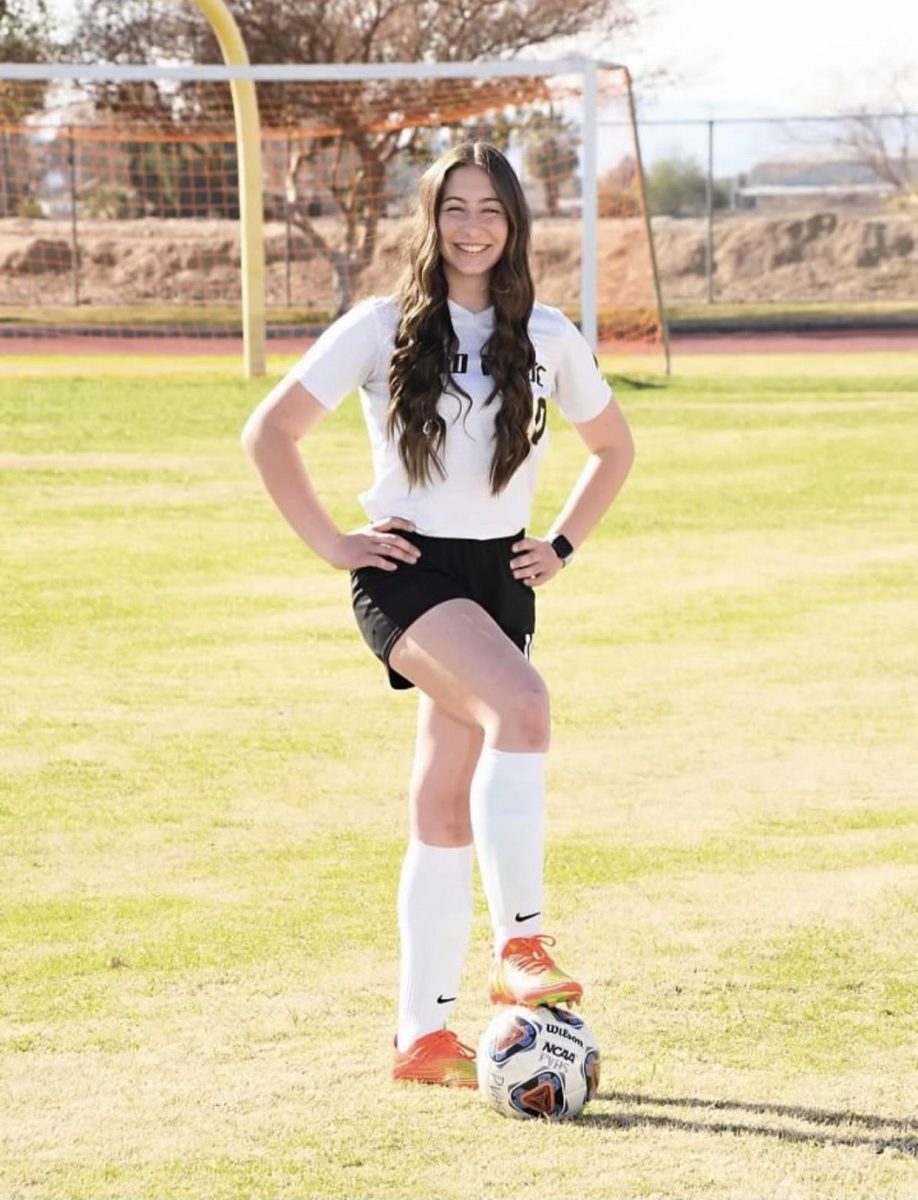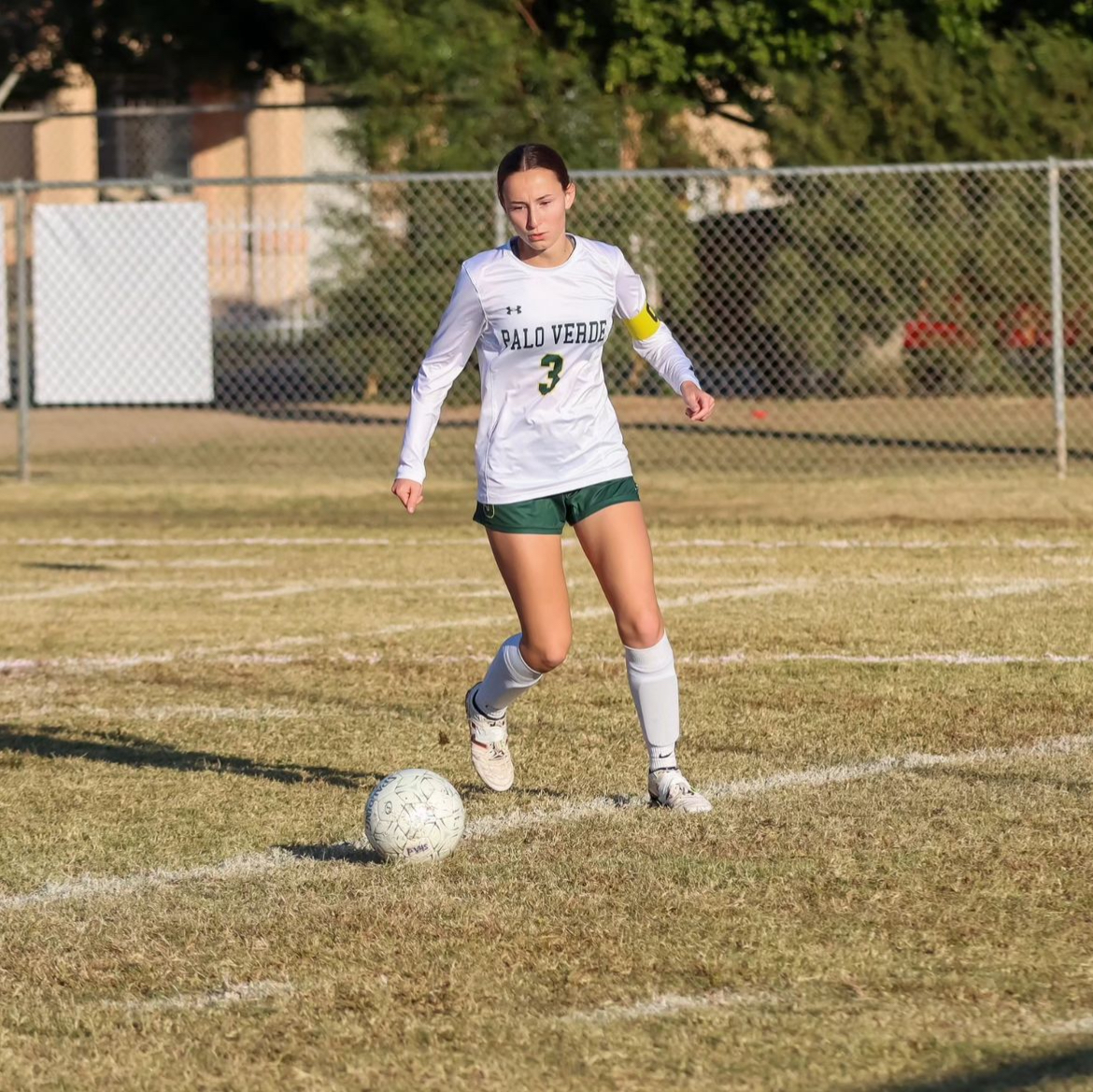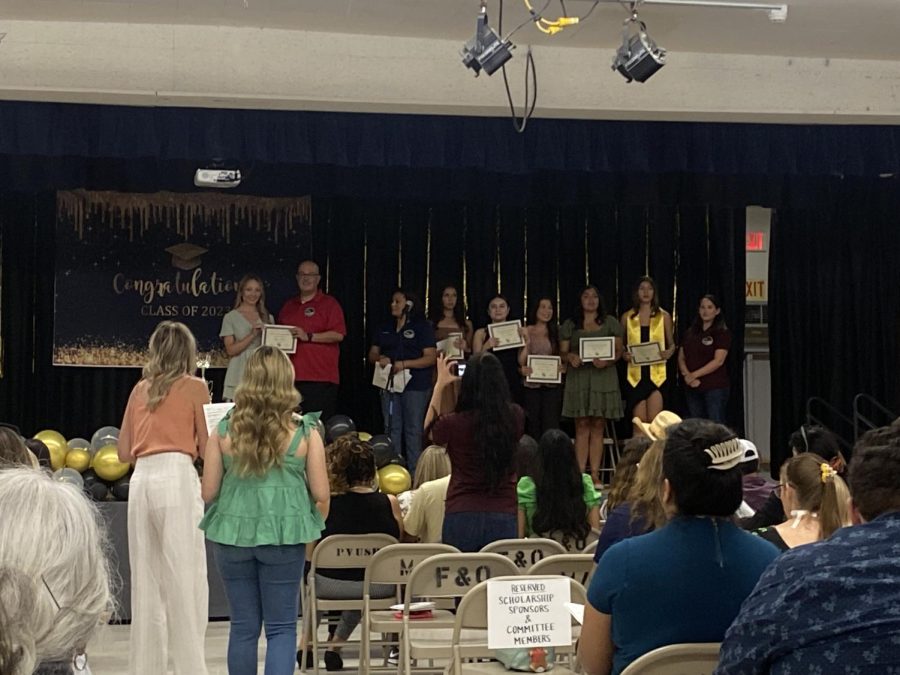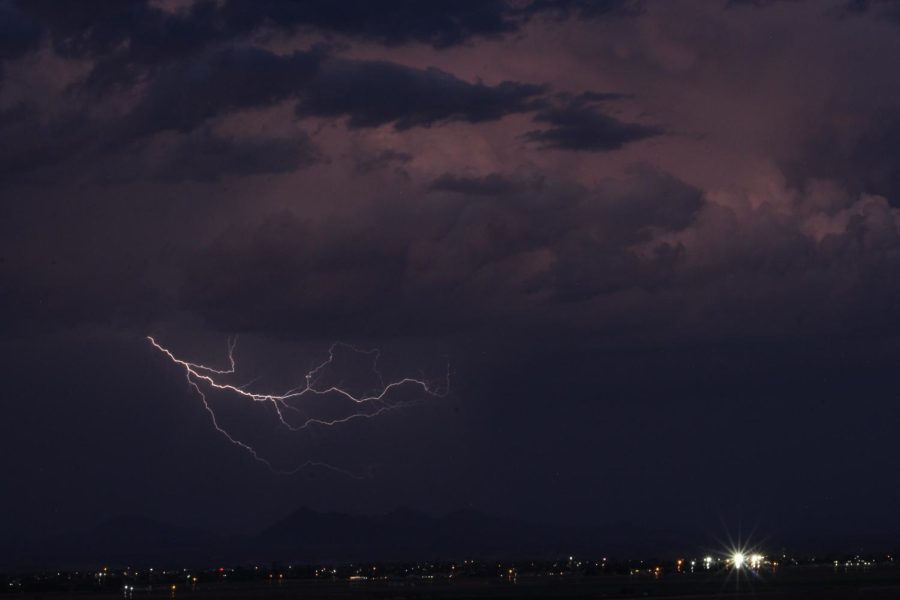Will Bigger Be Better? : The Lunch Crisis
January 30, 2023
Have you ever skipped breakfast or lunch because of the lack of time? How did you feel later in the day? This is the lunch experience every day for local students. According to nokidhungry.org , “school meals are just as important as a child’s textbook. Kids can’t learn on an empty stomach, and school meals help kids focus on the important stuff instead of worrying about hunger. When kids feel better, they do better.”
The lunch bell at Palo Verde High School rings at 12:02, giving 800 students a break from their work. If a student has a 2.0 GPA or higher, they are granted off campus privileges to leave school during lunch time. This is where the rush begins. Some students walk to nearby stop-and-shops like EZ-Mart or R&R. Others drive down the street to local fast food restaurants. The problem lies in that lunch time is exactly 30 minutes long and if you are late back to campus you run the risk of getting your privileges taken away for the next week. This rush out of the parking lot increases the chances of an accident occurring, or a car hitting a pedestrian. Motor vehicle crashes are the leading cause of death for children and teenagers. Pair this with the fact that 1 in 4 car crashes are because of congested roads during rush hour- and you are getting a deadly statistic.
However, it’s not always about what could happen- it’s about what is happening now. Students are trying to eat as much as they can in a 30- minute window while also catching up with friends, spending time outdoors, and generally taking a break. This leads to more students eating quick foods with less nutrition, like hot chips and soda instead of fruit or full meals. Yet, this short lunch time doesn’t only impact students. There is more stress on resources and staff, such as lunch workers who have to cater to the whole school or security trying to keep track of all the students at once. Increased lines at the cafeteria, stop-and-shops, and fast food means less time for students to actually eat their food.
A potential solution could be splitting up lunch times or increase the time for lunch so that it is less of a rush. Freshman and sophomore students tend to stay on campus or walk because most do not have their own cars or licenses. Juniors and seniors tend to drive themselves or with friends. Either way, consideration by the district is greatly encouraged.










